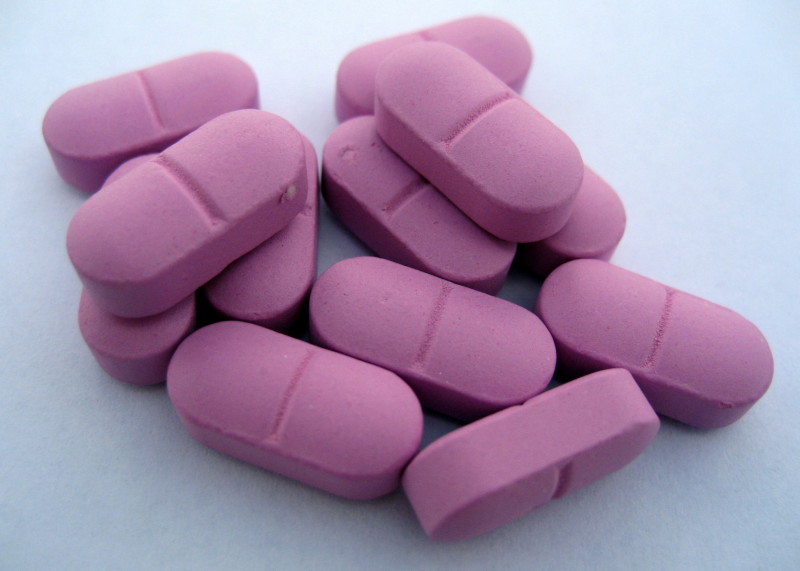Well, it isn’t approved yet, but it was just recommended for approval by the FDA advisory board panel, a crucial first step before being approved.
The thing is, this same drug failed recommendation by these medical experts TWICE over the past few years. The drug maker, Sprout pharmaceuticals, has put a lot of money into continuing to push for approval.
Why did the drug fail to get approved more than once? An even better question is why, after failing approval, is the drug now being recommended for approval by a vote of 18-6?
There were three clinical trials testing flibanserin, all consistent in their results. The women included in the trials all reported low libido, having an average of two to three “sexually satisfying events” per month before the study.
Compared to women who took a placebo pill, the women on flibanserin reported about one extra “sexually satisfying event.”
When it came to overall sexual desire, women getting flibanserin
reported on monthly questionnaires feeling more desire, but the difference compared with women receiving placebo was barely 0.3 points on a scale ranging from 1.2 to 6.0 points.
Both of these results seem lackluster at best!! Flibanserin hardly deserves being analogized to Viagra!
Then there are the side effects!
Many panelists expressed concern about the side effects commonly found in trial participants, including low blood pressure, fatigue, and fainting. One woman suffered a concussion from fainting and injuring her head.
Another concern is how the pill interacts with alcohol or birth control pills. Some evidence suggests that, if you are on birth control or do drink alcohol, you have an increased risk of low blood pressure and fainting.
Then there are concerns over issues related to pregnancy, fertility, and breast cancer. After all, the drug would be targeted to premenopausal women.
In fact, panelists were so concerned about these side effects that they recommended the FDA require special certification for doctors prescribing and pharmacists dispensing the drug so as to protect patients, if the FDA does in fact give final approval.
Not exactly a resounding endorsement of a drug!
It’s obvious why the drug has failed to be recommended before – so what has changed to lead to it being one step closer to full FDA approval this summer? Politics, money and pharmaceutical clout, in the form of (again!) money!
Sprout Pharmaceuticals has spent about $50 million campaigning to get the drug passed. It has used the general perception that the FDA along with other drug companies are biased against women and that’s why they haven’t come up with a female libido drug to date.
This time around, Sprout has the support of several groups like the “Even the Score” coalition, capitalizing on the theme of gender bias.
When people first heard about the “Female Viagra” they said it’s about time! After all, men have had Viagra and Cialis for years to help them with erectile dysfunction. Why haven’t we come up with something just as good for women? Good question, but we still haven’t.
This flibanserin isn’t anything like female Viagra because it works completely differently. It is marketed for “ female hyposexual desire disorder” to help with low libido. About 7 % of premenopausal women have this condition. This is different than erectile dysfunction.
Flibanserin works by altering neurotransmitters like serotonin and dopamine in the brain. It is for premenopausal women, who are coincidentally some of the most stressed women, often on some form of birth control, in their childbearing years, and often on anti-depression medications that affect levels of these same neurotransmitters!
So men can pop a pill that works fairly immediately for short-term sexual function, with low side effects and relative safety at any age. Maybe we should be putting our money and research into finding something similar for women! A drug that works immediately, doesn’t have to be taken every evening, and doesn’t have such a huge side effect profile. That drug clearly is not flibanserin.
.
This is a perfect example of how the FDA approval process is flawed. It also highlights the sad fact that political action groups with money can highly influence the medical sector, regardless of how safe and effective a drug may be.
As Dr. Adriane Fugh-Berman of Georgetown University stated, “to approve this drug would set the worst kind of precedent: that companies that spend enough money can force the FDA to approve useless and dangerous drugs.”
This is also a great example of misusing the “gender bias” claim to take advantage of supposedly feminist ideals.
Make no mistake, I’m a proud feminist and I’m all for equality in the medical and drug research field. But how is pushing forward a drug that minimally (at best) helps women, and raises lots of red flags in its side-effect profile, embody equality? How does it help women?
I think women deserve better.
That’s my opinion. I’d love to hear what YOU think about this – both men and women!
 English
English French
French German
German





